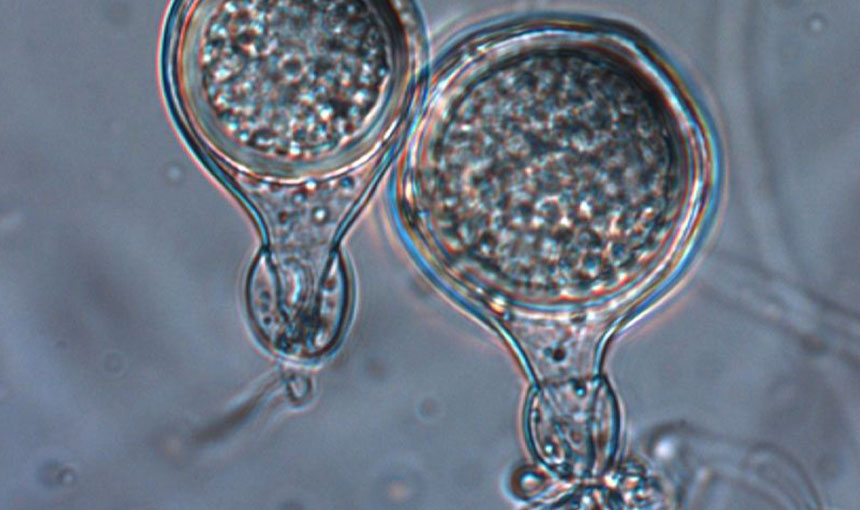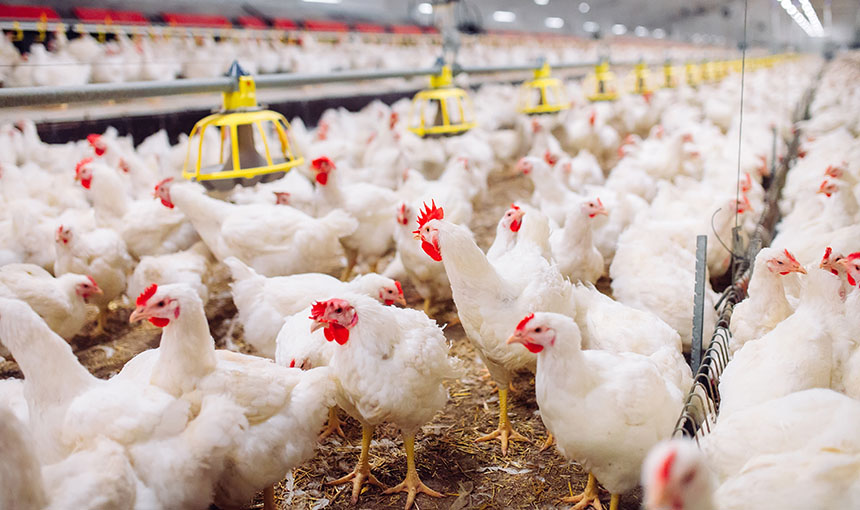He Tangata, He Taiao, He Ōhanga: a values-based biosecurity risk assessment framework for Aotearoa
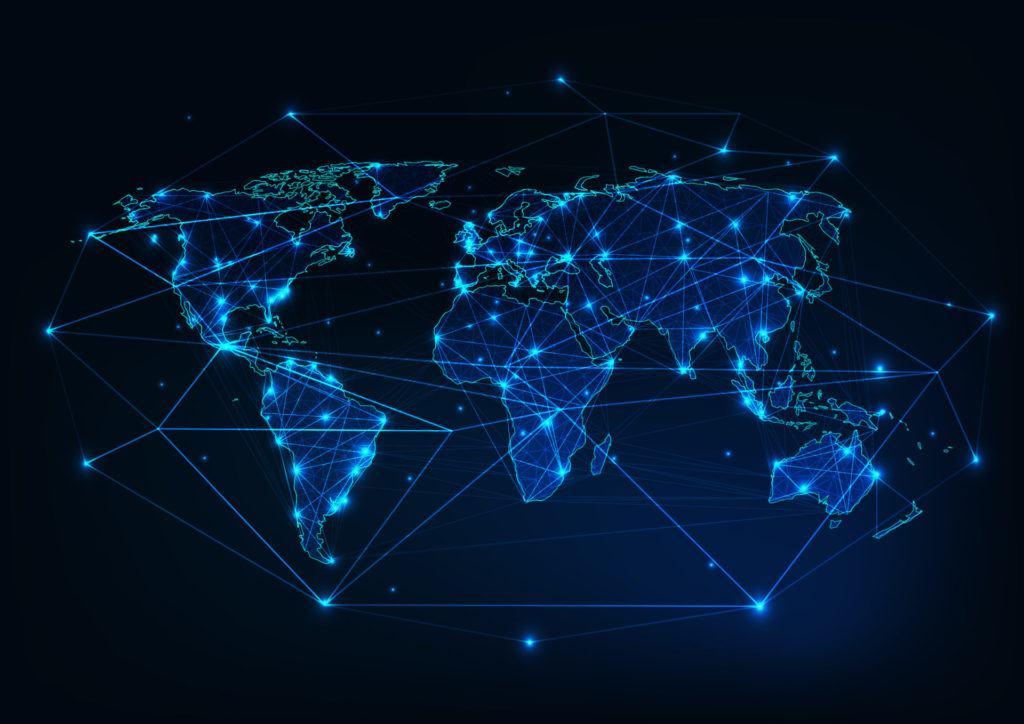
At A Glance:
Aotearoa is home to incredibly valuable production and indigenous landscapes. To protect them we must anticipate, and have the tools to prevent, future biosecurity threats.
Those involved in our biosecurity system need to be able to identify and prioritise the biggest risks to the sector for which they are responsible, so they can make the most of the limited funds and resources they have.
This investment team is working to ensure system participants (and particularly mana whenua) are able to be actively engaged in the identification and prioritisation of biosecurity risks.
They aim to incorporate information from a holistic set of values into a biosecurity risk assessment framework. These values include those of kaitiakitanga, manaakitanga, whakapapa, whanaungatanga and tikanga Māori.
The framework will be dynamic and adaptable to work at national, regional and local scales, and account for changes in biosecurity risk to NZ through external influences such as climate, trade and tourism.
Co-leads:
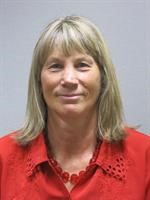
Independent Contractor
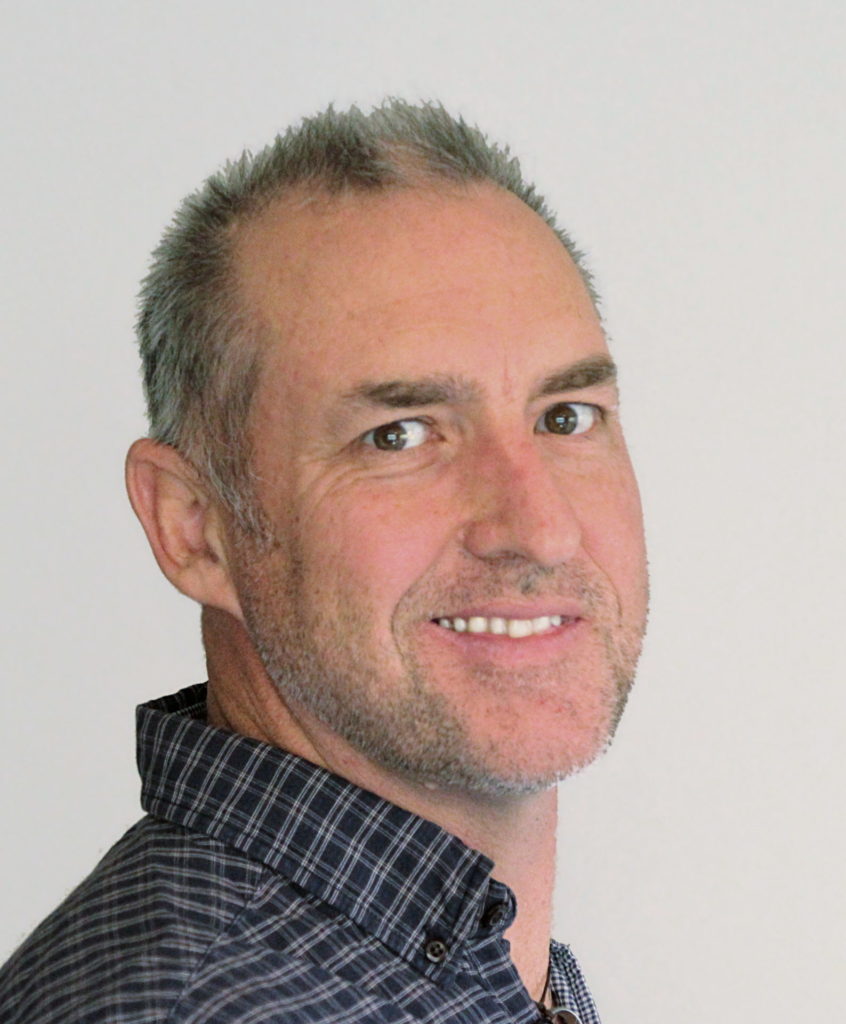
AgResearch, Better Border Biosecurity (B3)
Māori advisor:
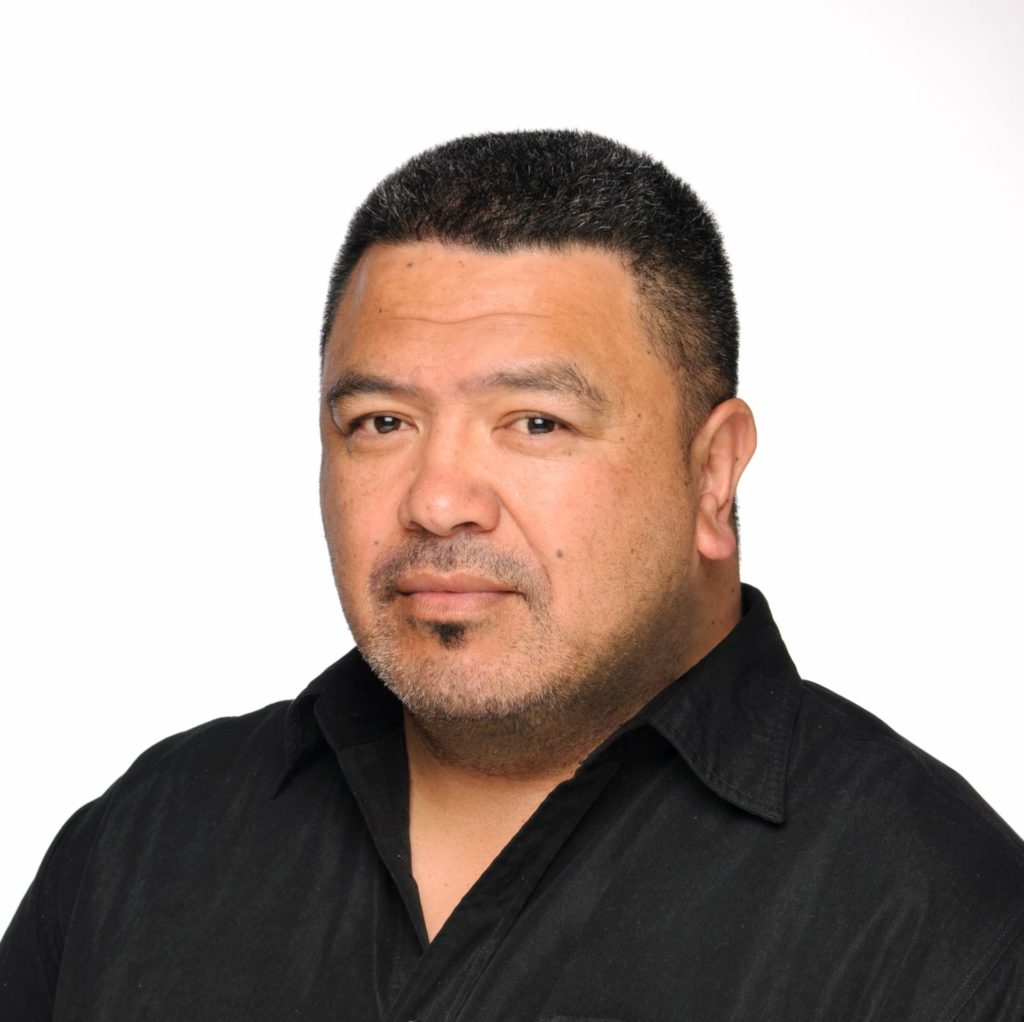
Research Areas:
1. Participation
This workstream is prioritising authentic partnership with mana whenua and key participants in the New Zealand biosecurity system. To build a world-class framework, we need those who have valuable knowledge to be empowered in their space, and be active in identifying and prioritising existing, emerging, latent and recurring risks.
2. Values
The current biosecurity framework over-emphasises economic values and impact. This workstream is aiming to break down the traditional model and rebuild, prioritising Māori values within the context of environmental, economic, social and cultural values.
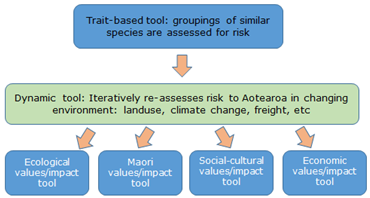
3. Impact
There’s no point designing the “perfect” biosecurity system if it doesn’t operate in, and respond quickly to, real-life scenarios. Work in this project is aiming to ensure the biosecurity risk assessment framework is designed to be dynamic and adaptable, integrated into existing regulatory processes or guidelines and local decision-making.
Upcoming Activities:
- Carry out a gap analysis to identify existing information knowledge systems, frameworks, networks and research.
- In co-operation with other parts of the BioHeritage Challenge we will build engagement networks across the biosecurity system. This will involve activities such as focus groups, hui, workshops, and interviews based on case studies relevant to participant values.
- A needs analysis will identify where/if training in basic biosecurity concepts may be needed, and these will be developed and implemented as part of the ongoing participation work through 2021-2024.
- Design research activities according to priorities identified in the gap analysis, covering environmental, social, cultural and economic values and Māori values of kaitiakitanga, manaakitanga, whakapapa, whanaungatanga, and tikanga Māori.
- Collaborate with other BioHeritage investments, particularly those under the Tiaki/Protect impact.
- Design new approaches to convey and exchange biosecurity information.
- Frequently reassess biosecurity priorities based on the latest knowledge of global threats, emerging national issues and changes in values or environmental conditions.
- Evaluate and monitor all activities to critically reflect and learn.
